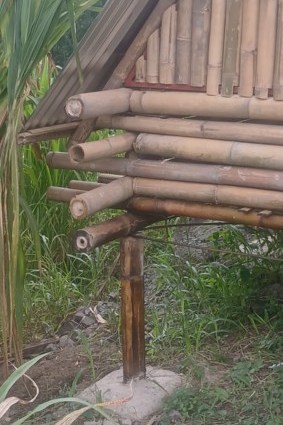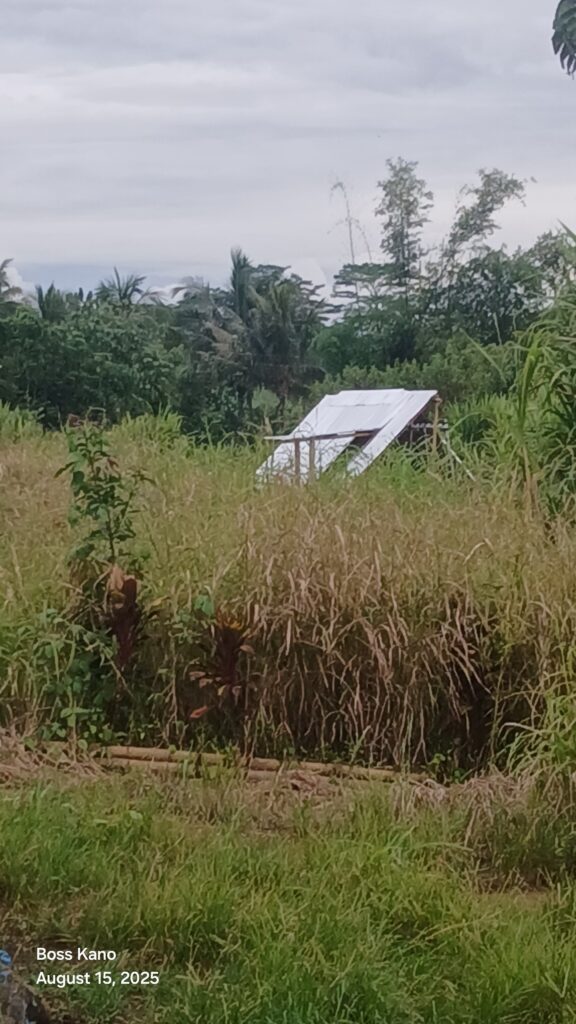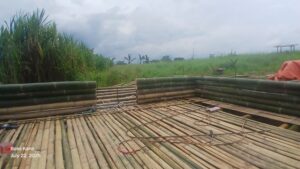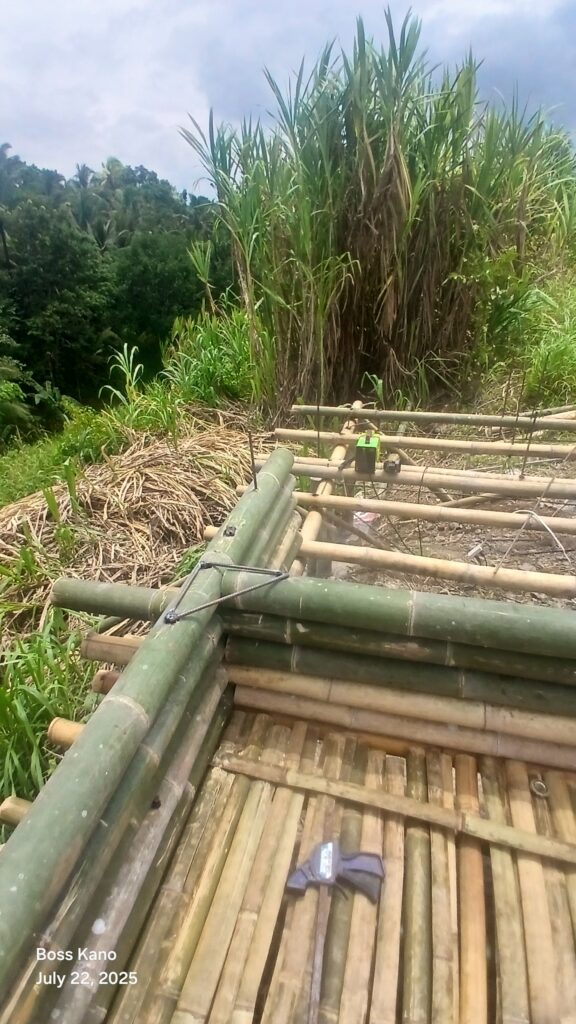A delightfully thick adventure! Welcome to the world of Saba bananas, where the bananas are short, thick, and about as versatile as a Swiss Army knife at a picnic! These delightful little fruits are not just a treat for your taste buds; they’re also the ultimate multitaskers in your garden.
Why Saba Bananas?
Animal Feed Extraordinaire
Got some hungry critters on the farm? The Saba banana is your new best friend! These thick, hearty bananas aren’t just good for people — they’re a five-star feast for animals too. Pigs, goats, cows, even chickens can’t resist them. When the feed runs low or you just want to spoil your animals, toss a few Saba bananas their way and watch the magic happen. They’ll be munching and wagging their tails like they just stumbled upon an all-you-can-eat buffet!
The best part? Saba bananas are loaded with nutrients and fiber, making them a healthy and cost-effective feed alternative. Farmers love them because they reduce feed expenses while keeping animals strong, shiny, and satisfied. Who knew farming could feel like running a banana-themed restaurant for the barnyard crew?
Market Marvels
And if your bananas outgrow your animals’ appetite — no worries! The market loves Saba just as much. They might not have the sleek look of the Cavendish, but what they lack in glamour, they make up for in versatility and taste. Saba bananas are true kitchen heroes: perfect for banana cue, turon, maruya, nilagang saging, or even fermented for vinegar and wine production.
At the local markets of Bukidnon, traders snap them up fast because they sell year-round and appeal to almost every household. These bananas store well, travel well, and keep their firm texture even after cooking. In short, the Saba is the kind of produce that keeps the farm income steady, no matter the season. For farmers, that’s a big deal — reliable crops mean reliable smiles.
Shade Saviors for Coffee Trees
Now, let’s talk about the unsung teamwork happening between our Saba bananas and coffee trees. These bananas grow tall and broad, forming lush green canopies that act like natural umbrellas for our coffee plants. The filtered light keeps the soil cool and moist — exactly what young coffee trees need to thrive. It’s a perfect symbiotic relationship: the bananas protect the coffee, and the coffee adds organic matter that helps enrich the soil.
Plus, walking through a grove of Saba bananas and coffee trees feels like stepping into a tropical paradise — the air is cooler, the ground is soft, and the smell of ripe fruit and earthy coffee blossoms lingers everywhere. It’s nature’s way of saying, “You’re doing it right.”
The Bottom Line
In summary, planting Saba bananas isn’t just about enjoying a short, thick fruit; it’s about creating a mini-ecosystem where animals dine, markets thrive, and coffee trees bask in the shade. So, grab a shovel and get ready to dig into this banana bonanza! 🌱🍌
Now, if only they could help with my laundry… But that’s a blog post for another day!







